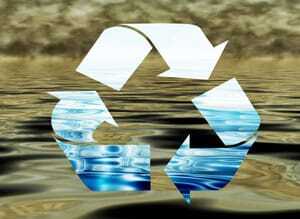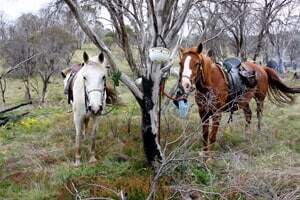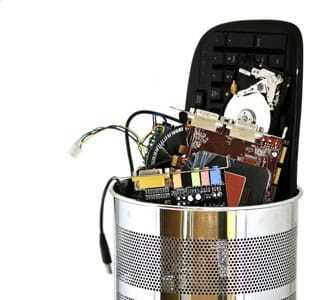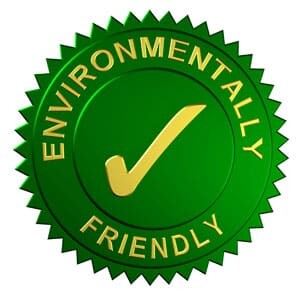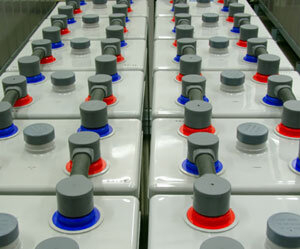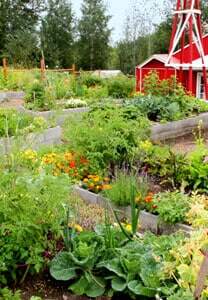 Community gardens are simple, communal places where people like you and me can get together and come together to make new friends, dig in the soil, plant vegies and flowers and other plants and enjoy nature and a bit of hard work.
Community gardens are simple, communal places where people like you and me can get together and come together to make new friends, dig in the soil, plant vegies and flowers and other plants and enjoy nature and a bit of hard work.
These gardens have sprung up all over Australia over the past few years. And one can surmise they have their origins in the humble British and European rail side plots, where urbanised families would go to spend some time at their “allotments” to commune with nature away from housing estates, citified streets with no gardens and high-rise apartments where the prospect of growing vegetables is a dream.
With concerns about the environment, the cost of living and the need to “get back to the land” to save the planet, communities have banded together to form their own garden areas, many of which also send a clear subtext message to politicians that the voters of Australia place green concerns and pursuits at the very forefront of their lives and values.[1]
A Movement
Sustainable Illawarra defines community gardens as something “more than simply growing food. It is also a way to grow a sense of place and community. The number of community gardens in Australia is increasing, and what started as isolated examples of urban food production in the late1970’s has now blossomed into a movement promoting nutritional health through growing, sharing and eating of fresh, locally grown food.”[2]
Doctor Bruce Judd and Doctor Rob Samuels from the University of NSW from the AHURI (Australian Housing and Urban Research Institute) Research Centre even revealed a link between community gardens on nine public estates, and a relationship with an effective reduction in crime rates.[3] The study noted that social interventions such as the development of community gardens in crime hotspots, was very effective in controlling crime levels.
As the community garden becomes more popular, it becomes more and more accepted as an important part of community life. World famous Australian chef Stephanie Alexander has even developed a community garden project involving schools and school children. She believes that her Kitchen Garden Foundation has the potential to help nurture healthier and greener and more communal attitudes to food and food cultivation by children, that will last a lifetime and lead to greater wellbeing and respect for the environment. [4] This is a view also shared by the United Kingdom’s most famous television chef, Jamie Oliver.[5]
If you believe in the need for more information on greener, communal attitudes that help to shape a healthy Australia, you may also be interested in the Envirosafe Solutions approach to eco-friendly products. For more information on their range phone 1300 889070.
[1] http://communitygarden.org.au/our-purpose
[2] http://www.sustainableillawarra.com.au/pdf/Community-Gardens.pdf
[3] http://www.fbe.unsw.edu.au/cf/publications/presentations/attachments/soacjuddsamuels.pdf









